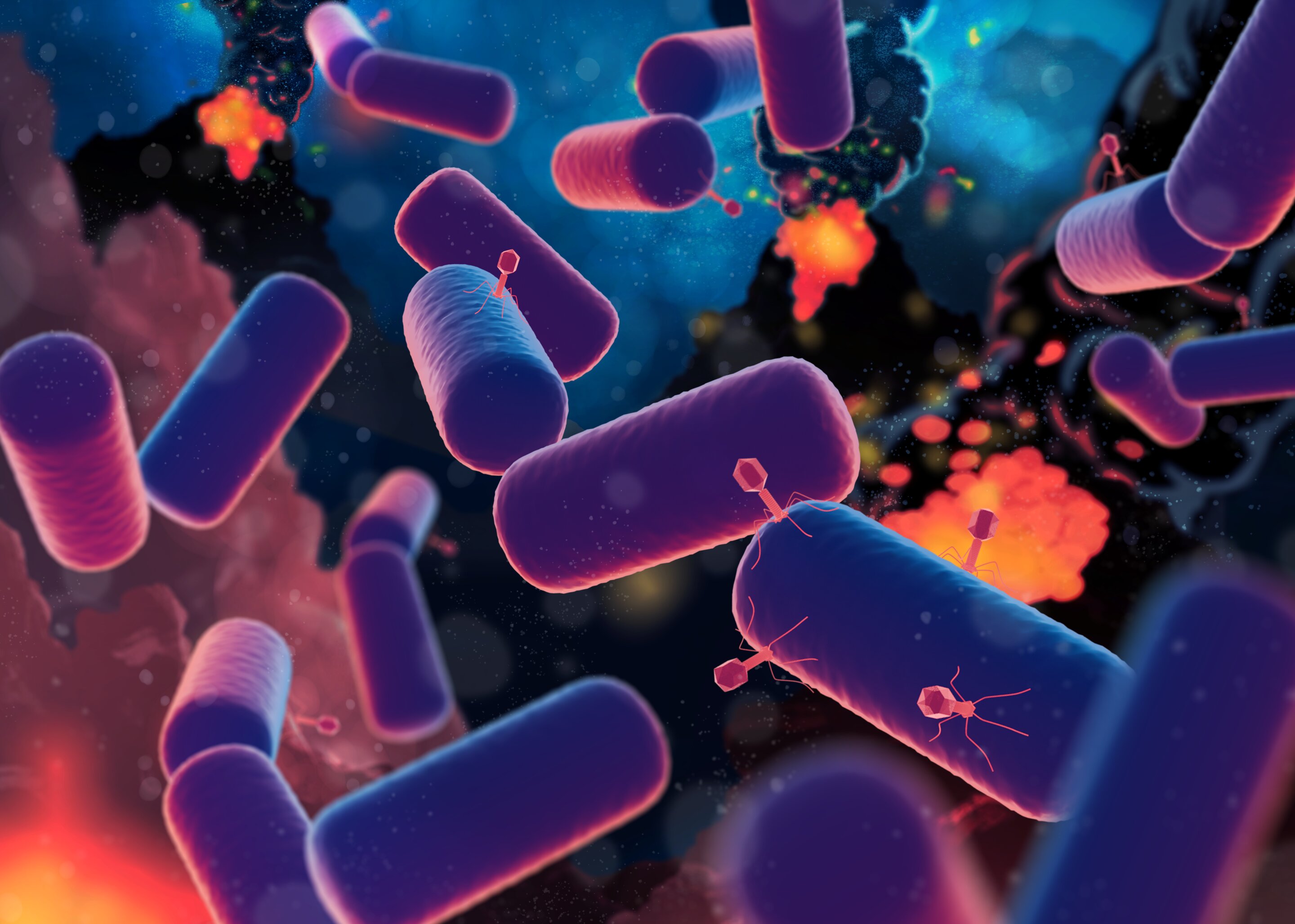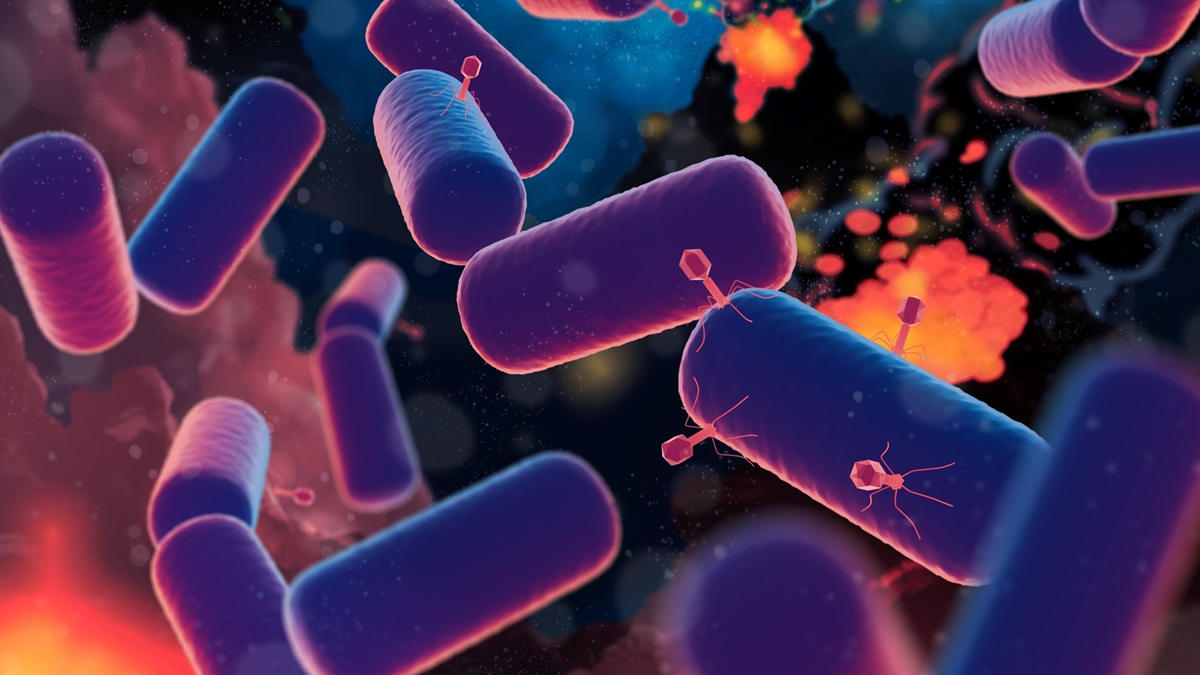
Once upon a time, around 4.2 billion years ago, Earth was home to an organism that marked the beginning of all life as we know it - the last universal common ancestor (LUCA). This groundbreaking discovery has been made through a comprehensive analysis of various sources.
According to multiple studies published in reputable scientific journals, LUCA existed much earlier than previously thought. The team behind these studies used genetic information and known time separation between species from the fossil record to determine this.
LUCA was not alone in this early Earth ecosystem. It is believed that it had interactions with other microbes, making the environment more complex than previously assumed.
One of LUCA's most significant characteristics was its immune system, which indicates an arms race with viruses even at that early stage of life on Earth.
The findings from these studies challenge the assumption that life forms became dominant soon after their appearance on Earth. Insights from this research could prove instrumental in our search for life beyond Earth.
Microbes played a crucial role in shaping the planet during early life stages. Oxygen-producing bacteria and methane-producing archaea were among those that significantly influenced the environment.
These microbes consumed, transformed, and dispersed key nutrients like nitrogen, iron, manganese, sulfur, and methane across Earth. They also produced oxygen via photosynthesis as they gained numbers and shaped their world around them.
The studies from UC Riverside led by Christopher Tino and Timothy Lyons have provided valuable insights into the early life on Earth. Their research challenges the assumption that life forms became dominant soon after their appearance on Earth, offering a more nuanced understanding of our planet's biological history.



